These projects are led by Aaron Bell
10,000 years ago, Lac la Ronge and the surrounding region were covered by Lake Agassiz, a massive glacial lake that formed as the Laurentide Ice Sheet retreated (Teller & Leverington 2004). Today, Lac la Ronge is the fifth largest lake in Saskatchewan and home to more than 1300 islands of varying sizes and isolation. The geology of the lake is distinct, with rugged contours of Precambrian rock giving rise to a multitude of islands (and reefs) in the north, and sand and clay sediments that form the island-less basin in the south. The islands are heavily forested and except for a few summer cottages, are virtually untouched by human activity. Together, these features make Lac la Ronge and ideal location for studying island biogeography.
Figure 1. Processed image from Landsat 4-5 TM (bands 3-5) showing burn patterns on the islands and mainland of Nemeiben Lake from a large fire in 2015
In 2015, fire spotting from the Eli fire and several other large forest fires on the mainland burned 14 and 37 islands on Lac la Ronge and adjacent Nemeiben Lake, respectively (Figure 1). This provided a unique opportunity to study post-fire island environments and potential interactions between wildfire, island size, and isolation.
A recently burned island on Nemeiben Lake (4 years since fire).
This project focuses on how the diversity of saproxylic beetles (those that depend on wounded or decaying woody material), vascular plants, and boreal songbirds varies along three environmental gradients: island size, isolation, and time-since-fire. The first year of this project was devoted to reconstructing fire history on the islands using tree-cores and Landsat imagery. Using tree cores collected from more than 400 trees, we reconstructed fire history on 40 islands spanning a gradient of 4 – 230+ years since fire.
A mature island forest on Lac la Ronge (approximately 101 years since fire).
Figure 2. Current fire management activities reduce overall variation in natural fire regimes by increasing the time between fires (a) and occurrence of large-scale fires (b). Figures adapted from Martin & Sapsis 1992.
One of the key objectives of our study is to better understand how current fire management practices affect species living in fire-prone ecosystems like the boreal forest. Although current management policies acknowledge the importance of fire as a natural disturbance agent in the boreal forest, specific biodiversity targets for fire management do not exist in western Canada.
Wildfires are diverse in their size, frequency, seasonality, and severity (conceptualized as ‘pyrodiversity’) and this variation helps shape a wide variety of habitats in fire-prone ecosystems. More ‘pyrodiverse’ landscapes typically support more habitats which, in turn, accommodate a larger number of species. This notion that ‘pyrodiversity begets biodiversity’ (Martin & Sapsis 1992) has never been formally tested in the boreal forest, and may have important implications for fire management practices that reduce landscape pyrodiversity (Figure 2).
The next stage of our project will be sampling biodiversity of beetles, plants, and birds. Stay tuned for results from summer 2020!
References
Teller, J. T. & Leverington, D. W. (2004) Glacial Lake Agassiz: a 5000 yr history of change and its relationship to the δ 18O record of Greenland. Geological Society of America Bulletin, 116, 729-742.
Martin, R. E. & Sapsis, D. B. (1992) Fire as agents of biodiversity: pyrodiversity promotes biodiversity. Proceedings of the Symposium on Biodiversity of Northwestern California.






